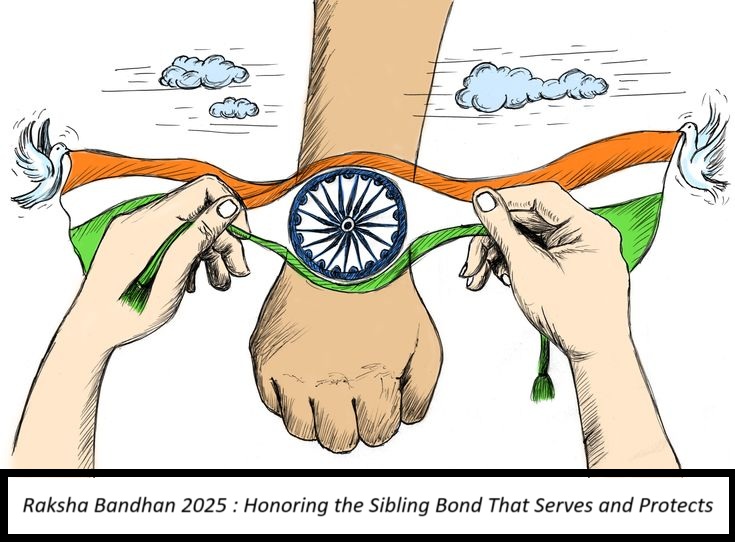India condemns the move and promises to safeguard exporters as key sectors brace for economic impact.
In a major development shaking the foundations of India-U.S. trade relations, the U.S. government has announced the imposition of a 25% tariff on select Indian exports, effective August 1, 2025. This sudden move by the Trump administration has sparked a strong response from Indian officials and stirred concern across key export sectors.
🔎 Key Highlights
- The U.S. has imposed a 25% tariff on a broad range of Indian goods starting August 1, 2025.
- The decision cites India’s high tariffs on U.S. products, its trade surplus, and continued purchases of Russian oil and defense equipment despite Western sanctions.
- The Indian government strongly condemns the tariffs and vows to protect national interests through all necessary channels, including the World Trade Organization (WTO).
- Export-dependent sectors like automobile components, textiles, electronics, and gems & jewelry face immediate challenges.
- Political leaders, industry experts, and economists have expressed concern about the potential economic fallout and called for strategic responses.
📢 U.S. Government’s Position
The U.S. administration, led by former President Donald Trump, justified the tariff as part of its America First 2.0 agenda. The key reasons cited include:
- India’s continued import of Russian oil and military equipment despite sanctions.
- Allegations of “unfair trade practices” due to India’s high import duties on American goods.
- A need to “rebalance” trade and protect American industries from what it views as Indian trade barriers.
Trump further warned that the U.S. might impose additional penalties unless India reduces its strategic imports from Russia or supports a ceasefire in Ukraine within 10 days.
Indian Government’s Strong Reaction
India’s Ministry of Commerce and Industry issued a firm statement on July 30, 2025:
“India strongly condemns the unilateral imposition of a 25% tariff by the United States. This action is unjustified, lacks consultation, and undermines the close bilateral relationship between our countries. We are assessing the full economic impact and will take all necessary measures—including WTO recourse—to safeguard India’s national interests and protect our exporters.”
The government emphasized its commitment to continue trade dialogue with the U.S. but vowed not to bow to coercive tactics that harm Indian industries.
📉 Impact on Key Sectors
The tariff will affect multiple export sectors significantly. Below is an overview:
| Sector | Export Exposure | Estimated Tariff Impact | Major Companies Affected |
|---|---|---|---|
| Automobile Components | High | -150 basis points on margins | Bharat Forge, Motherson |
| Textiles & Apparel | Medium-High | Reduced competitiveness | Welspun, Arvind |
| Electronics | Medium | Supply disruptions, price hikes | Dixon, Lava |
| Processed Food | Medium | Export delays and losses | ITC, Haldiram |
| Gems & Jewelry | High | Decline in U.S. demand | Titan, Kalyan Jewellers |
| Marine Products | Medium | Loss of price edge | Avanti Feeds, Apex |
Pharmaceuticals and critical minerals remain exempt for now.
🎙️ Expert & Political Reactions
Jairam Ramesh (Congress Leader)
“The Modi-Trump friendship was superficial. This tariff imposition exposes diplomatic failures to protect India’s trade interests.”
Prof. Rakesh Mohan Joshi (IIFT)
“This is coercion under the guise of trade policy. India must resist and look to strengthen ties with trusted partners like the UK and EU.”
Viral Acharya (Former RBI Deputy Governor)
“Though painful, these shocks might push Indian exporters toward greater efficiency and global competitiveness.”
📈 Economic Outlook
Short-Term Risks:
- GDP growth could slow by 0.2 to 0.5% in FY26.
- The rupee may face depreciation pressure.
- Foreign investment inflows might decline.
- Stock markets, especially export-heavy sectors, may see corrections.
Medium to Long-Term Strategies:
- Diversify exports towards Europe, the Middle East, and ASEAN nations.
- Enhance domestic production through incentives like the Production Linked Incentive (PLI) scheme.
- Pursue balanced trade negotiations while protecting sensitive sectors such as agriculture and dairy.
🤝 What’s Next in India-U.S. Trade Relations?
Despite the tariffs, trade officials on both sides are reportedly continuing negotiations. India had earlier proposed tariff reductions on certain U.S. goods to prevent such retaliatory measures, but sticking points remain—especially in agriculture, dairy, and technology.
India’s measured response suggests a two-pronged approach: defend exporters vigorously while keeping diplomatic channels open to find a sustainable resolution.
🧾 Conclusion
The U.S. decision to impose a 25% tariff on Indian goods marks a significant escalation in trade tensions and exposes the fragile state of bilateral trade relations. India’s firm condemnation and promise to take WTO action underline its resolve to protect its economic interests.
How India navigates this challenge—through legal recourse, trade diplomacy, and economic reforms—will be critical in shaping the future of one of the world’s most important trade partnerships.
Also Read : ‘Put America First’: Trump Slams Tech Giants for Hiring Indians, Outsourcing to China



